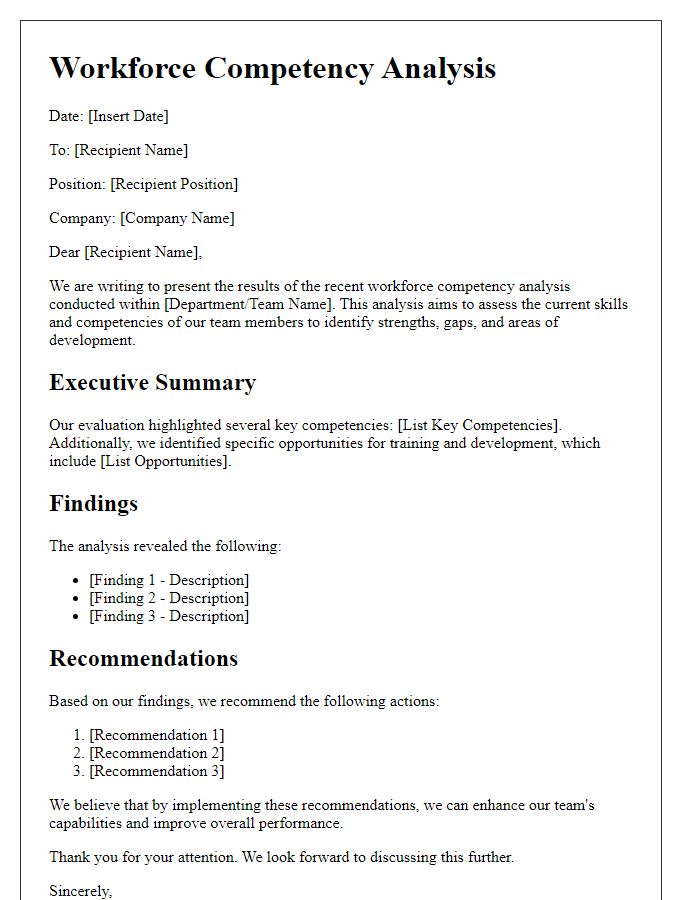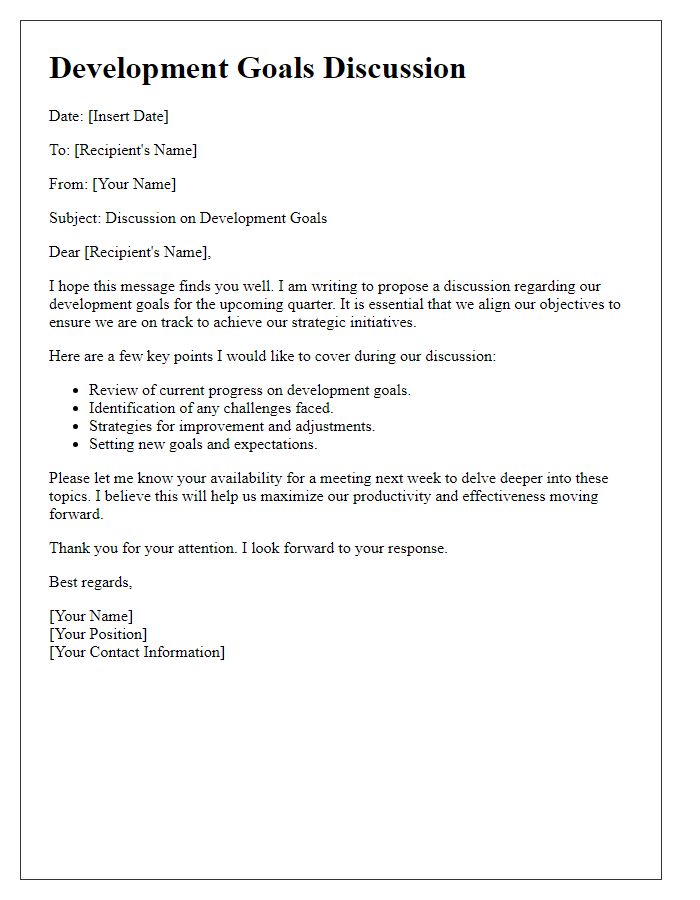Are you ready to take your team's skills to the next level? Identifying training needs is essential for fostering growth and enhancing productivity within your organization. By pinpointing specific areas where employees can improve, you create tailored training programs that truly resonate with their roles and aspirations. Let's dive in and explore how to effectively uncover those needs to empower your workforceâread on for valuable insights!

Clear Objective Statement
Identifying employee training needs is crucial for fostering professional development and enhancing workplace efficiency. An objective statement should encapsulate the goal of assessing skills (technical and soft) within the workforce to identify gaps. Specific metrics, such as employee performance scores (measured through annual reviews or peer assessments), can guide this process. Additionally, incorporating industry standards (like those established by the Society for Human Resource Management) can help benchmark required competencies. Gathering feedback through surveys or focus groups within departments ensures that the training program aligns with employee aspirations, ultimately contributing to improved job satisfaction and organizational growth.
Detailed Skill Assessment
Detailed skill assessments, conducted within corporate environments, aim to identify specific competencies required for employee development. These assessments evaluate various skills, including technical expertise relevant to software applications or equipment, soft skills like communication and teamwork, and leadership abilities for managerial roles. For instance, technical proficiency in software like Microsoft Excel or programming languages such as Python is crucial for data analysis tasks. Identifying gaps in these areas can enhance productivity and efficiency within teams. Furthermore, assessments often involve peer evaluations, self-assessments, and management input to create comprehensive feedback. Utilizing tools like 360-degree feedback systems or competency matrices allows organizations to tailor training programs effectively, aligning them with employee career growth aspirations and organizational goals. This strategic approach ensures that training investments yield substantial returns, fostering a more competent and engaged workforce.
Alignment with Company Goals
Employee training needs identification plays a crucial role in aligning individual skills and knowledge with company goals and objectives. Effective assessments should focus on specific areas such as performance metrics, strategic initiatives, or operational efficiency. By examining job descriptions, competencies, and professional development opportunities, organizations can identify skill gaps that inhibit reaching set goals. For instance, a company aiming for increased digital marketing success may require employees to enhance competencies in SEO and analytics tools like Google Analytics. Additionally, regular feedback from performance reviews (conducted bi-annually) can reveal training needs related to leadership development or project management, particularly in response to dynamic market changes or internal restructuring.
Specific Training Programs
Employee training needs identification is essential to improve overall workforce competency and performance. Specific training programs can target skill gaps across various departments in organizations. For instance, advanced Excel courses enhance data analysis skills among Finance teams. Customer service training enhances communication strategies for Sales representatives interacting with clients. Leadership development programs prepare mid-level managers for strategic decision-making in large companies, like Fortune 500 firms. Technical certifications in cloud computing or cybersecurity equip IT staff with the latest industry knowledge and practices, crucial for effective risk management. Collectively, these targeted training initiatives foster employee engagement, promote career growth, and align individual performance with organizational goals.
Evaluation Metrics
Employee training needs identification requires the use of evaluation metrics to assess skills gaps effectively. Metrics such as Key Performance Indicators (KPIs) can measure individuals' current competencies across specific tasks, aiding managers in identifying areas for improvement. Surveys such as 360-degree feedback (gathering insights from supervisors, peers, and subordinates) facilitate understanding employee strengths and weaknesses. Job performance assessments from tools like the Performance Management System (PMS) provide quantifiable data on employee output, contributing to targeted training initiatives. Incorporating industry benchmarks (standards established by organizations like the ISO) allows for a comparative evaluation against top-performing peers, ensuring that training aligns with best practices in an organization's sector.













Comments